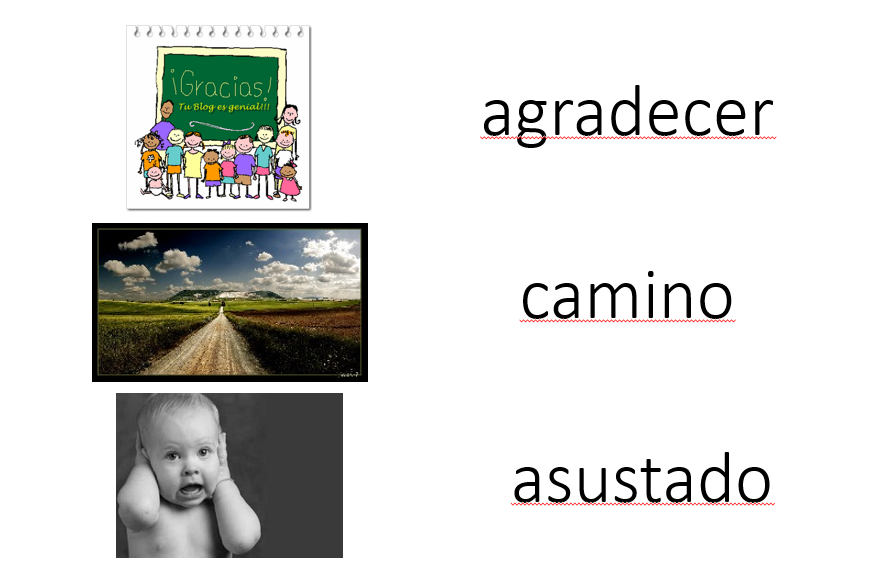What if the way we’ve been doing lesson plans for years and years makes no sense at all, given the research on memory and brain function?
For the way I currently approach lesson planning I have to give a lot of credit to two very smart guys, Greg Duncan and John Medina.
Greg Duncan is a language teaching consultant, collaborator on the TELL project, and president of InterPrep. A couple of summers ago I was invited to attend some professional development he was doing here in Louisville. When he started talking about lesson planning, I thought, whoa, he’s right. I’ve been doing this all upside down.
Greg’s principal point when he was talking to the group I was visiting was that we’re putting the wrong things in the wrong slots within a particular lesson. According to psychological phenomena known as the primacy effect and the recency effect, our audience will best remember the content from the beginning (primacy) and end (recency) of a class.
What were you taught to do at the beginning of a class? If I remember correctly, Greg is the one from whom I heard the word administrivia. You know, checking homework, entering attendance into the computer, and so on. Some teachers I know do “bell-ringers”- activities sometimes with a learning goal, sometimes not, and specifically designed to keep students quiet while we complete our administrivia.
What were you taught to do at the end of a class? Assessment, right? Finding out if students had acquired what you want them to acquire. Is that the best use of the end of class?
So, how should we structure lesson plans according to the primacy and recency effects? Here’s what I think.
- Immediately start class with an attention-getting introduction or repetition of your current target. For, me, this is a story, song, or conversation activity.
- Save administrivia for the middle of class.
- Consider moving your assessment. I typically assess something we’ve targeted previously somewhere in the middle of today’s class. I don’t really care about their short-term memory. I rarely assess something we’ve done within this class period.
- End class with a way students can interact with the material you’re targeting. For me, this looks like retelling or summarizing a story or personal experience, or perhaps drawing a story.
This is for a 45-50 minute class period. For longer blocks of time, like 90 minutes, you really have to act like you’re teaching 2 classes, and start all over at the 45-minute mark.
After this PD with Greg, I read Brain Rules by John Medina, a molecular biologist researching how the brain learns and remembers, and I really knew I wasn’t paying enough attention to memory function. One that hit me particularly hard was Rule #4: “Attention: We don’t pay attention to boring things.” Specifically, one important part of this rule is that the human brain basically has a 10-minute attention span. From this concept John created what he calls the “10-minute rule: You must do something emotionally relevant at each 10-minute mark to regain attention.” Take 21 seconds to hear more about it.
Seriously, I have to do something interesting every 10 minutes or I’m going to lose my students?
Yep.
What does this look like?
- Change activities completely, often. In my class today, we went from acting out burlarse de, to reading the end of a story, to writing our own questions about the story, to answering questions about the story, to each student writing and telling a new story based on three words we’ve targeted this week (a new activity I call Fotocuento):

- Don’t be afraid to do something completely irrelevant in the middle of class, especially if you’re doing writing or something that has to be a sustained activity. Show a funny or crazy movie, like Manu Ginobili leading Argentina to a win over Serbia in the last 3 seconds of the game. (This is easy – just pick things your students are interested in and add words like “incredible” or “amazing” video in the TL to search on YouTube.) These “irrelevant” seconds in the middle of the class won’t hurt your class; on the contrary, your students will be more motivated and attentive because of the brain break. Or, combine Rule #4 with Rule #1 – exercise boosts brain function – and do a 2-minute Zumba workout.
- Consider inserting a random fun activity into every class, especially if you have long class periods. You can find some of my ideas using the fun activities tag. It can be something as simple as sustained free-reading.
Have your lesson plans been out of whack? Given the research on brain function and memory, what will you do differently?
16 Comments
Comments are closed.




Why must you ALWAYS find new ways I’m inadequate at my job??? *Sigh* Back to the drawing board AGAIN.
I promise it’s just because I’m always finding ways I’M inadequate!!
Wow, i love your ideas for the recapturing of attention…so simple to add the descriptors to the youtube search. It occurs to me that telling a TL joke might also serve this function, easy to add ones related to your topic if you try gathering them throughout the year. May be we could all work on a database of jokes organized by topic that are appropriate for school. I love when students start using their humor in TL –even if it’s a wise crack i always accept it as a sign that they are truly engaging their brains!
[…] sometime. With large classes, this will get old quickly and so you can divide it into 5-minute brain breaks throughout the class period. One interesting aspect is that students don’t know what […]
[…] this out as a class starter that takes advantage of the high brain activity at the beginning of class, or as a brain break when you can tell students are nearing or at the end […]
[…] a brain break. For more reasoning behind brain breaks, see this post on making sure your lesson plan isn’t out of whack, and for my ongoing collection of brain breaks, follow my Pinterest board on the topic. It could […]
[…] you let me turn in my attendance halfway through class so that I can take advantage of students’ high brain power at the […]
I only have 30 minutes with my students. Would you add a brain break even if the time is so short? If I give 8 min or so to each piece, that doesn’t seem like a lot of time to really get into the activity. Any ideas for such short periods of time? Thank you!
I’m not sure at 30 minutes you need a brain break but you could do one simply by adding something very short between activities, such as saying “Okay, stand up and be a statue showing the word I say: Cat! Building! Ring! Props to _____ for best statue!” Done.
So my 30 minutes looks like:
15-20 minutes: input
very short brain break
10-15 minutes: scaffolded practice or performance assessment on target, depending on where we are in our journey to the target.
Hope this helps!
[…] can also access mine in a download-and-edit .docx file (Amy’s too), check out my post “Is your lesson plan out of whack?“, check out resources from our CSCTFL workshop The Best Laid Plans, and definitely check out […]
[…] working with Sara-Elizabeth and following along with #langchat, I am starting to break up with my bellringer this year. […]
[…] I felt the same way when I read Sara-Elizabeth’s post about primacy and recency- which eventually lead to my ditching of bellringers. She posted it a […]
[…] ring true for me in most instances. I also find that the PACE method lines up really well with the primacy/recency theory, even when stretched over multiple class periods. It’s also helped me bridge the gap […]
[…] Musicuentos […]
[…] language, but at first, it doesn’t really matter – the point is to “reset” the learning cycle and recapture […]
[…] is going to change my life. Why didn’t we do this at the beginning?” she exclaimed. Structuring a lesson plan according to when the brain is most primed for learning was an important and widely shared post I […]